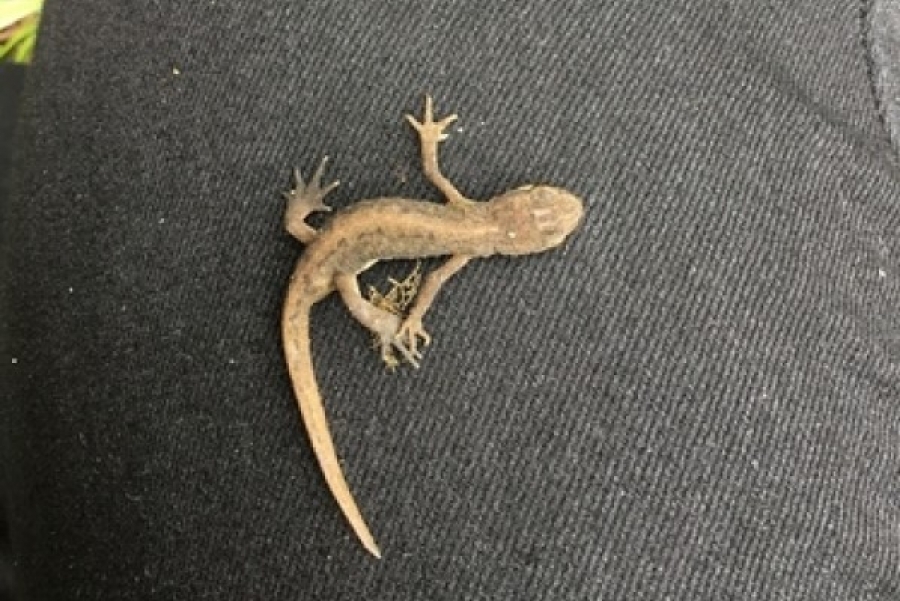The smooth newt, scientific name Lissotriton vulgaris, is a species of newt found in Europe. It belongs to the family Salamandridae. Here are some key characteristics and information about the smooth newt: Observing these creatures can be fascinating, especially during the breeding season when males display vibrant colors and engage in courtship rituals. As with… Continue reading Smooth-newt
Author: staff
Hellbender
The hellbender is a type of salamander native to eastern North America, particularly in regions with clean, cold, fast-flowing streams and rivers. Here are some key facts about the hellbender: Due to their unique appearance and ecological role, hellbenders are fascinating creatures that are of interest to biologists and conservationists. Efforts to protect their habitats… Continue reading Hellbender
Natterjack Toad
The natterjack toad (Epidalea calamita) is a species of toad found in parts of Europe, particularly in sandy habitats such as coastal areas, dunes, heathlands, and grasslands. Here are some key points about the natterjack toad: Overall, the natterjack toad is an interesting species with unique behaviors and adaptations that have allowed it to thrive… Continue reading Natterjack Toad
Fowler’s Toad
Fowler’s toad (Anaxyrus fowleri) is a species of toad found in North America. It belongs to the family Bufonidae and is native to the eastern and central United States and parts of Canada. Fowler’s toad is named after the American herpetologist Herndon B. Fowler. Here are some key features and information about Fowler’s toad: Remember… Continue reading Fowler’s Toad
Corroboree Frog
The Corroboree frog, also known as the Southern and Northern Corroboree frog, is a small and critically endangered species of frog native to the alpine regions of southeastern Australia. It belongs to the family Myobatrachidae and is scientifically classified under the genus Pseudophryne. Here are some key characteristics and facts about the Corroboree frog: It’s… Continue reading Corroboree Frog
Eastern newt
The Eastern newt, also known as Notophthalmus viridescens, is a species of salamander native to eastern North America. It is a member of the family Salamandridae and is well-known for its unique life cycle and distinctive appearance during different stages of its life. Here are some key facts about the Eastern newt: Remember that specific… Continue reading Eastern newt
African clawed frog
The African clawed frog (Xenopus laevis) is a species of aquatic frog native to sub-Saharan Africa. Here are some key points about African clawed frogs: Remember that the information provided here is based on the knowledge available up until September 2021, and there may have been new findings or developments since then.
Spotted Salamander
The spotted salamander (Ambystoma maculatum) is a species of salamander native to eastern North America. Here are some key details about the spotted salamander: 3. Breeding Behavior: Spotted salamanders are known for their unique breeding behavior. They migrate to breeding sites, typically vernal pools, during the spring, often during rainy nights. After mating, females lay… Continue reading Spotted Salamander







